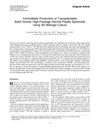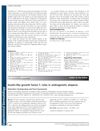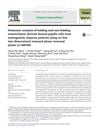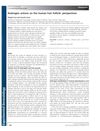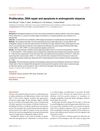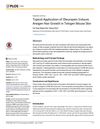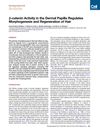Overexpression of miR-122 Promotes Apoptosis of Dermal Papilla Cells by Directly Targeting IGF1R in Androgenetic Alopecia
November 2021
in “
Cell Biology International
”
TLDR miR-122 causes hair loss by killing hair cells.
The study investigates the role of miR-122 in androgenetic alopecia (AGA), revealing that miR-122 is overexpressed in balding hair follicles compared to nonbalding ones. This overexpression leads to apoptosis of human dermal papilla cells (hDPCs) by directly targeting and reducing the expression of insulin-like growth factor 1 receptor (IGF1R). The findings suggest that miR-122 contributes to hair follicle apoptosis in AGA by repressing IGF1R, offering new insights into the molecular mechanisms underlying AGA.
